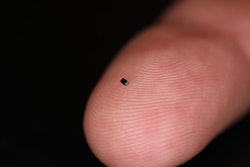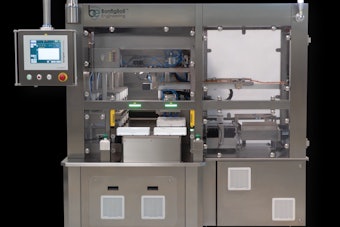Although COVID-19 vaccines were developed with lightning speed, there’s still a lot we don’t know about treating the virus. A recent GEN article discussed a 3D lung-on-a-chip that’s helping scientists to better understand respiratory afflictions including COVID-19. The lung-on-a-chip is a model of the distal lung and alveolar structures, and allows the team at Brigham and Women’s Hospital to see how various therapies impact the replication of the virus.
Lung-on-a-Chip Helps test COVID-19 Therapies
The updated lung model aims to shed light on the effectiveness of COVID-19 treatments.
May 27, 2021
List: Digitalization Companies From PACK EXPO
Looking for CPG-focused digital transformation solutions? Download our editor-curated list from PACK EXPO featuring top companies offering warehouse management, ERP, digital twin, and MES software with supply chain visibility and analytics capabilities—all tailored specifically for CPG operations.
Download Now
Researched List: Blister Machines for Life Sciences
Need a blister machine for life sciences packaging? Our curated list features companies serving pharmaceutical, medical device, nutraceutical, and cosmetic industries. Download to access company names, locations, machine specifications, descriptions, and more.
Download Now
Downloads



















